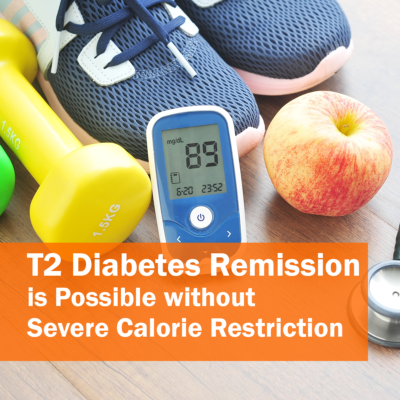Five things you can do to eat healthier on a tight budget
Inflation is straining household budgets but there are many low-cost, nutritious and tasty food options that health clinicians can explore with patients as part of a lifestyle medicine treatment plan.
“There are many low-cost, nutritious food options that providers can explore with patients as part of a lifestyle medicine treatment plan.”
– Marianna Wetherill, PhD, MPH, RDN/LD, DipACLM

Inflation is forcing more people to make difficult decisions about how to spend their money.
Food prices rose by 10 percent from May 2021 to May 2022, the first double-digit increase over a one-year period since 1981. High prices for gasoline, housing and other goods combined to further strain household finances, and increased demand is reported at food banks. As a result, many Americans who never considered the price of food are now cutting back on healthy food purchases as a strategy to make ends meet, said Marianna Wetherill, PhD, MPH, RDN/LD, DipACLM, who specializes in nutrition care for people affected by food insecurity.
National surveys of adults who are affected by food insecurity state they want to eat more fresh foods, with fruits and vegetables almost always being at the top of the list. But food insecurity is often the result of legitimate household economic challenges that are often compounded by lack of transportation, a scarcity of neighborhood grocery stores or physical disabilities.
These factors all limit what patients can feasibly obtain and prepare in their home kitchens. Many of the nutrition resources that are commonly available assume none of these barriers exist, which can be a great disservice to those patients who stand to benefit the most.
“There are many low-cost, nutritious food options that providers can explore with patients as part of a lifestyle medicine treatment plan,” said Dr. Wetherill, Henry Zarrow Presidential Professor and Associate Professor of Health Promotion Sciences at the University of Oklahoma-Tulsa Schusterman Center.
Dr. Wetherill stresses to medical and physician assistant students in the culinary medicine class she teaches at the University of Oklahoma School of Community Medicine that assessing the context of every patient’s living situation is key to patient-centered care. The guidance and prescriptions they give their patients must appreciate their lived experiences and specific challenges, frequently call the social determinants of health or drivers of health.

But general advice she gives to patients is to work toward implementing five basic changes in the way they shop and eat, and change nothing else for now.
“In my experience, starting with small, simple goals that patients are confident they can achieve is the best strategy for lasting behavior change,” she said. “Even a few changes can dramatically shift the inflammatory profile of baseline diets. Try to emphasize progress, not perfection.”
Example of five basic changes:
1. Eat two 12-ounce bags of frozen leafy green per week. Leafy greens such as kale, collards, spinach or mixed greens are therapeutic for cardiovascular disease and obesity. Two frozen bags often cost just over $2, last much longer than fresh greens and taste better than canned vegetables. Frozen greens require little prep time — not washing is required — and can be added in the final stage of cooking for meals you already regularly prepare, such as a can of soup, to boost nutritional value.
2. Eat a 16-ounce bag of frozen berries each week. Frozen berries can fluctuate in price depending on the time of year, but may cost as little as $3 for a 16-ounce bag, which is substantially cheaper than fresh berries. Mixed berries often provide dark purple and blue vital nutrients that promote good cognitive health (particularly important during times of stress). Add frozen berries to yogurt, overnight oats or hot cereal twice a week or try to stretch each bag to three servings per week.
3. Eat 1/3 cup of nuts or seeds five days a week. Nuts and seeds, which are great sources of protein and healthy fats, tend to be a bit more of an economic investment. But a supply of unsalted sunflower seed kernels or sliced almonds (a good option for people with chewing difficulties) costs about $8 for a two-week supply that would meet this goal. Nuts and seeds have the added benefit of making you feel fuller for longer and make snacking less frequent. Nut butters can sometimes be found on sale as well.
4. Eat one can of beans per week. Dried beans cooked from scratch is the cheapest way to buy and prepare beans, but canned beans are also affordable and commonly available at food pantries. Each can of beans contains three servings and may cost as little as 70 cents. Start with one can a week and add one serving to meals every other day. ACLM offers a comprehensive free resource guide with creative ideas for incorporating beans into meals. As you grow more comfortable cooking beans, consider transitioning to two cups a week. If you prefer dried beans, lentils and green split peas are among the most affordable and easy to prepare.
5. Introduce intact, whole grains to your diet. People often associate more expensive quinoa and wild rice with whole grains but barley is affordable and a terrific source of soluble fiber, which can help lower cholesterol levels. Start with a pound of pearled barley, which limits cooking time, and add to meals. Also, a 42-ounce package of old-fashioned oats often costs less than $3 and is enough to for you to have one serving every day for a month.








